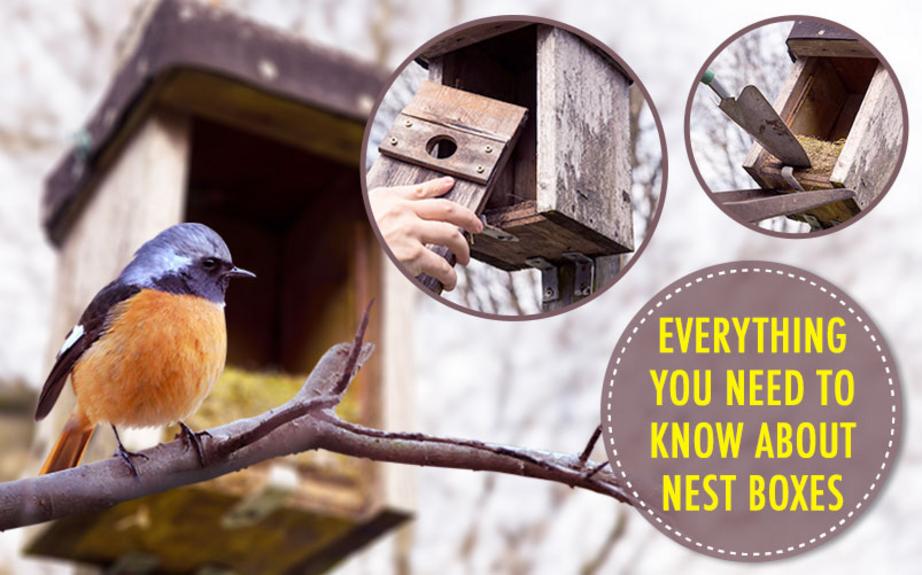Build some winter wildlife nest boxes
Habitat is the type of environmental area frequented by plant or animal species such as a wetland, upland prairie/grassland, forest or a variety of submerged locales that provide food, water, nesting sites and shelter from the elements or predators.
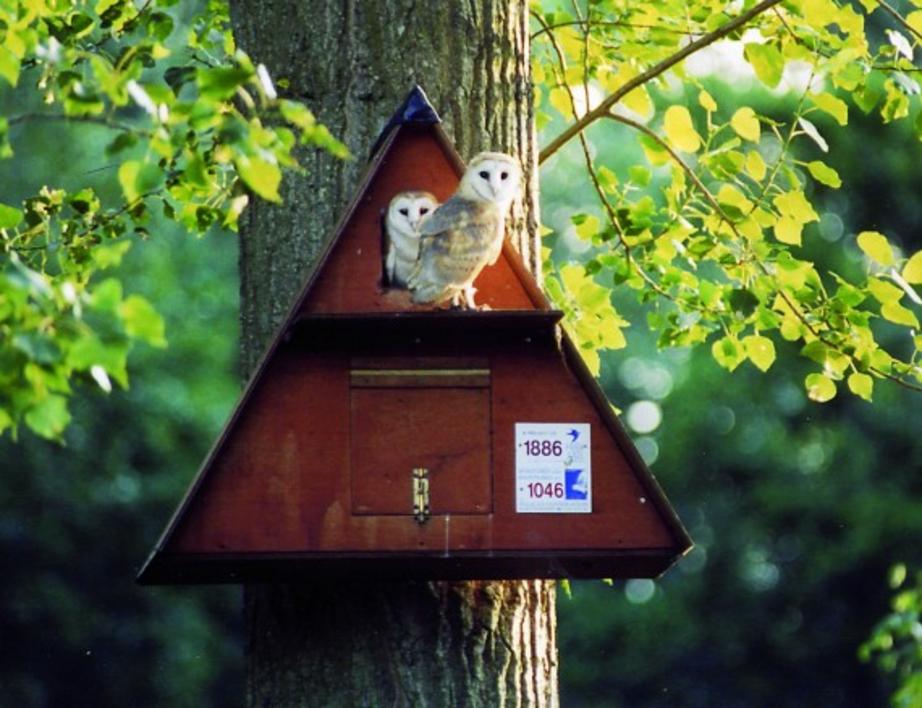
Carrying capacity is the number of animals that the habitat can support indefinitely. If any of their needs are in short supply, it is considered its limiting factor.
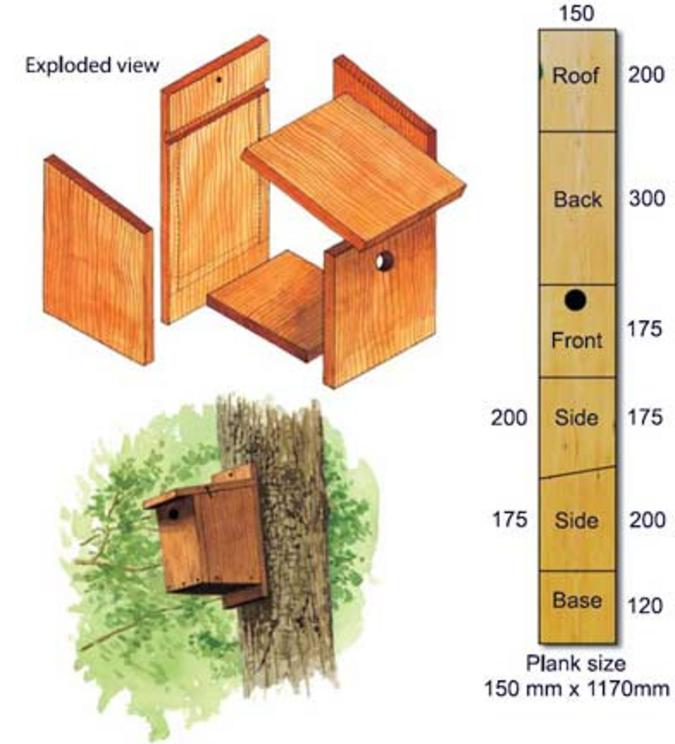
Within all habitats, a specific nesting requirement is commonly the limiting factor that suppresses the populations of animal species below carrying capacity. In order to attract or increase particular animals, concerned sportsmen or naturalists can help by providing homes for them.

Some species of mammals that are helped by artificial nesting boxes include raccoons, squirrels and bats. However, many more species of birds including several species of waterfowl, raptors and numerous songbirds benefit from artificial nesting structures.
It's obvious that raccoons currently need no help maintaining their high population. These days, a drive just about anywhere will reveal numerous raccoon road kills, proof of their high densities.
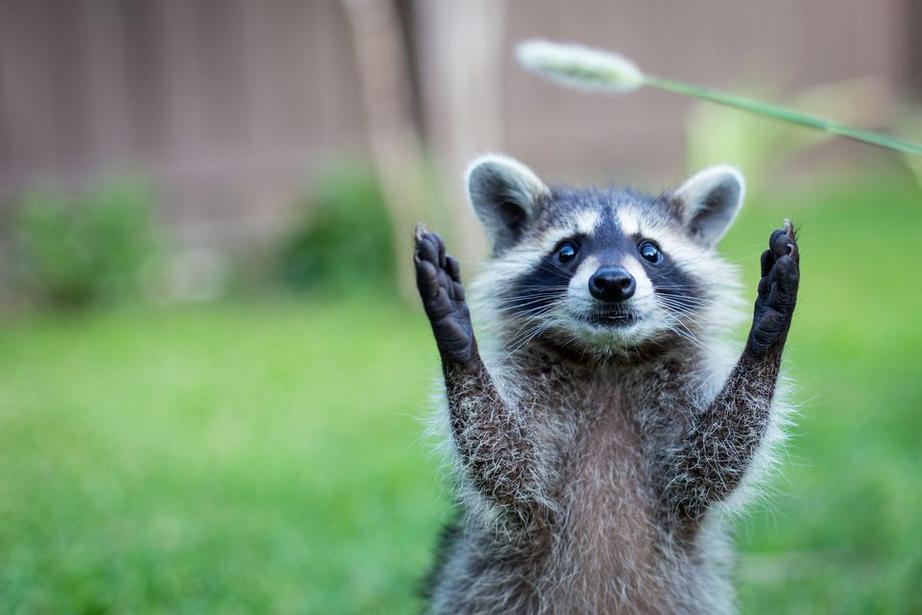
A generation ago when pelt prices were much higher, coon hunting and trapping kept their numbers at much lower levels. Back then, road kills did not last long before they were picked up by somebody who recognized money lying on the pavement.
Even though raccoons will settle for groundhog holes, barns, rock piles, sheds and attics — there were nest box plans developed for this once-valuable species to increase their numbers where hollow trees, their preferred denning sites, are in short supply.
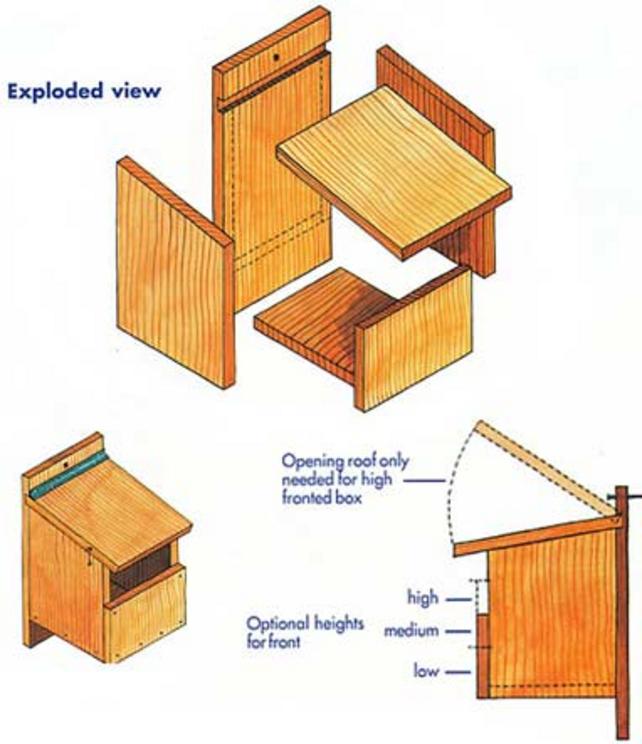
Many species of trees take at least 30 years to grow large enough to develop this habitat feature. Squirrels also choose tree cavities when they search for denning sites to overwinter in and to rear their young out of the elements.
Natural roosts for bats include peeling tree bark or large hollow tree cavities. After areas are timbered and the larger trees removed, fewer potential roosting sites remain. Bats readily adapt to artificial bat houses mounted to utility poles and buildings receiving full sun.
The benefits are reduced mosquito numbers in the immediate vicinity, while aiding a group of animals in serious jeopardy from a devastating and widespread fatal fungal outbreak called white-nose syndrome, and staggering losses from windmills.
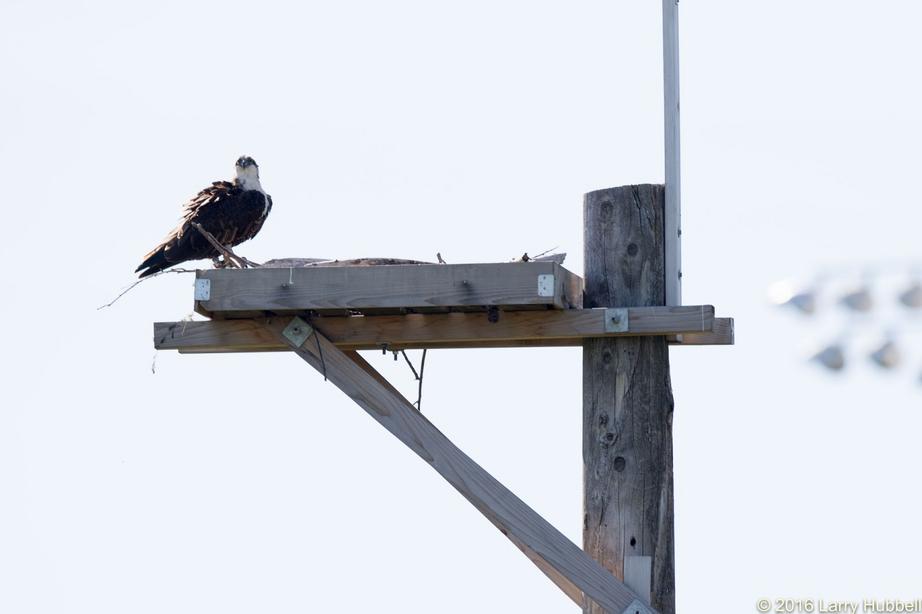
Bird houses can measurably improve specific local song bird species — if European starlings and House sparrows are kept out.
Purple martins, a bird species in decline throughout North America, primarily rely on man-made houses placed near shorelines to provide for their colonies — from simple gourds to complex apartment-style structures.
Bluebird boxes mounted to poles overlooking grasslands were responsible for stabilizing their populations.
House wrens take well to nest boxes. I have one mounted on my front porch that has been used annually and produced 6 chicks last summer.
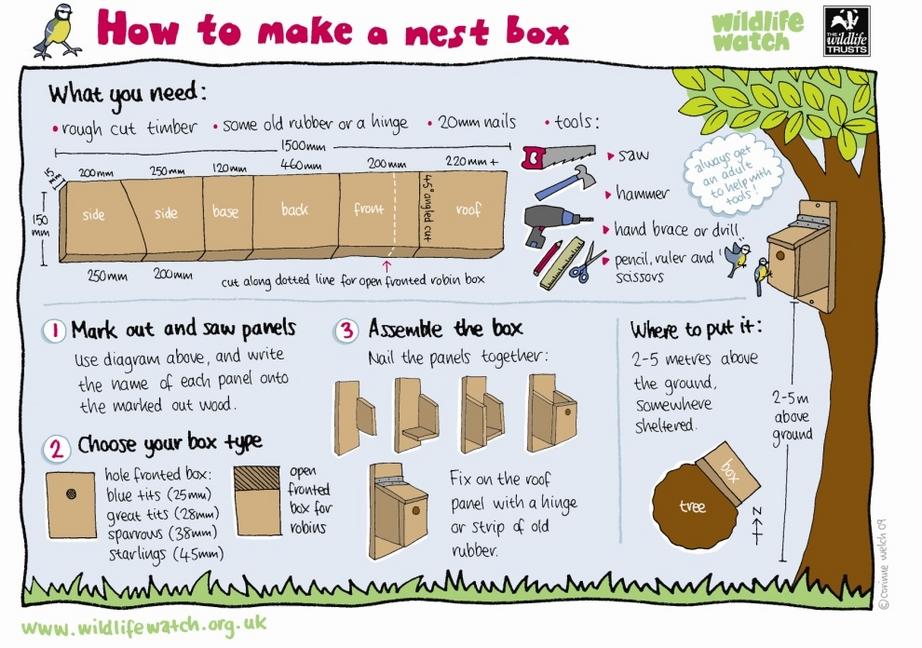
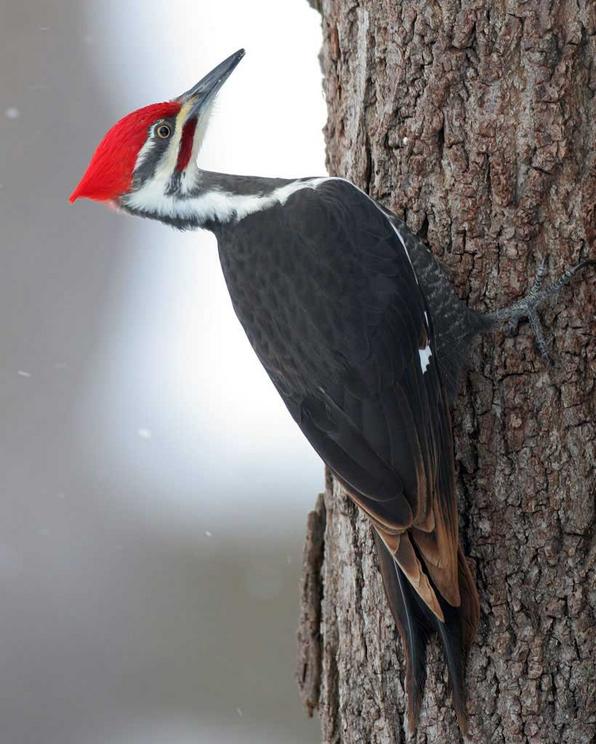
Although woodpeckers are good at excavating their own tree cavities from dead wood, they will use nest boxes. Screech owls rely on woodpecker cavities, but also readily adopt artificial nest boxes.
After their population fell to critical levels, hunting restrictions and the placement of wood duck nest boxes by state game departments and sportsmen’s clubs beginning in the 1930’s resulted in their dramatic recovery.
Ducks Unlimited estimates that 300,000 boxes have been installed to date which produce 100,000 chicks annually. To prevent egg dumping by jealous hens, it is recommended that these nests are not placed within sight of each other. Nesting success increases when boxes are mounted over water.
Locally, hooded mergansers may also benefit from the same box design. Elsewhere, common mergansers, goldeneye, bufflehead and whistling ducks also nest in cavities.
Mallard nest cylinders have proven to be a good design that hens recognize for their protection from land predators and provide overhead cover from raptors. They consist of a layer of grass rolled into wire fence and placed on a pole over water.
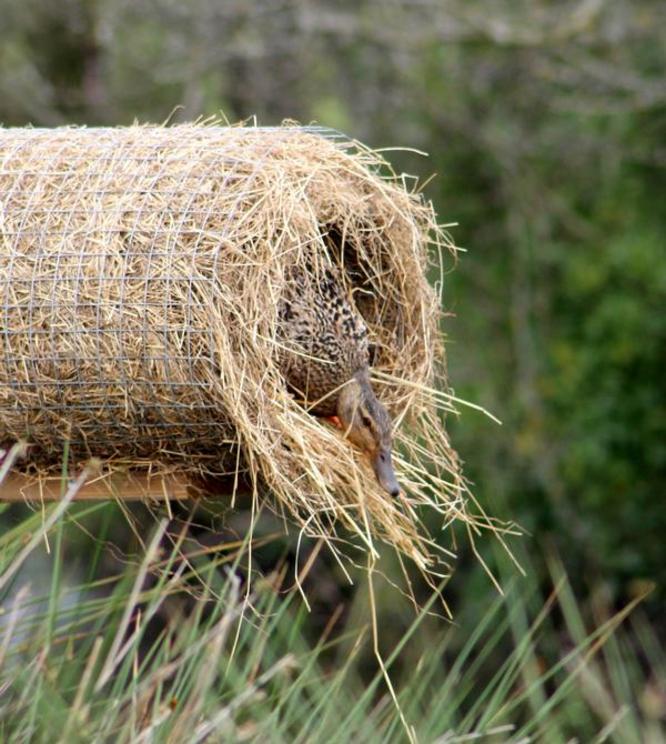
Canada goose platforms were erected during their population rehabilitation and are still readily used whenever provided. They can convince a pair to establish a nest in new locations and lead to lower egg predation rates and losses from flooding.
 CC.wikipedia.org
CC.wikipedia.org
The larger osprey nest platforms, peregrine falcon and barn owl nest boxes are readily accepted by these rare species. They are usually provided by wildlife agencies, because of the need for heavy equipment to erect them, access to restricted areas or private property and the follow-up monitoring.
Plans and further advice for wildlife nesting boxes are readily available from a variety of internet sources.

